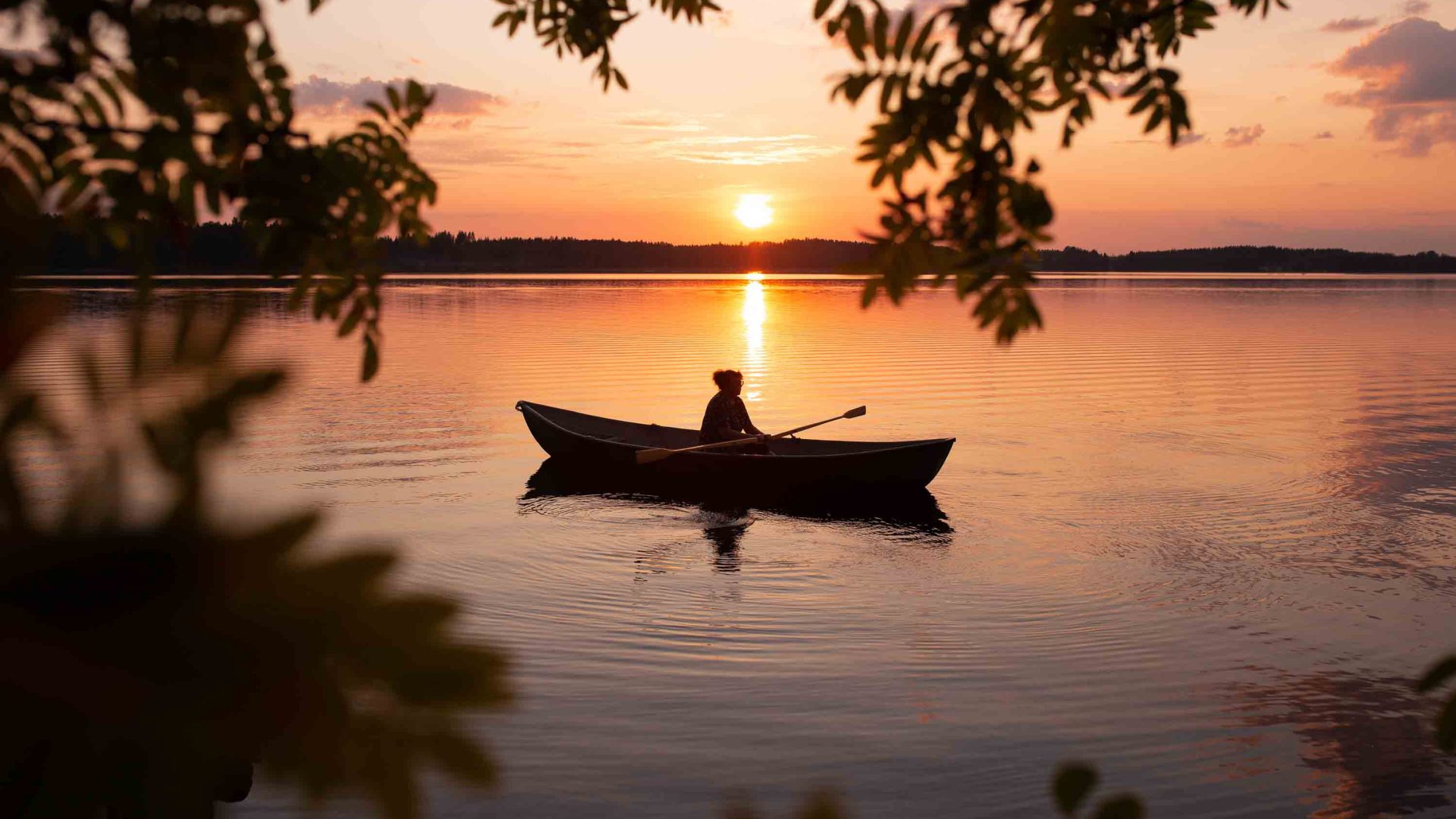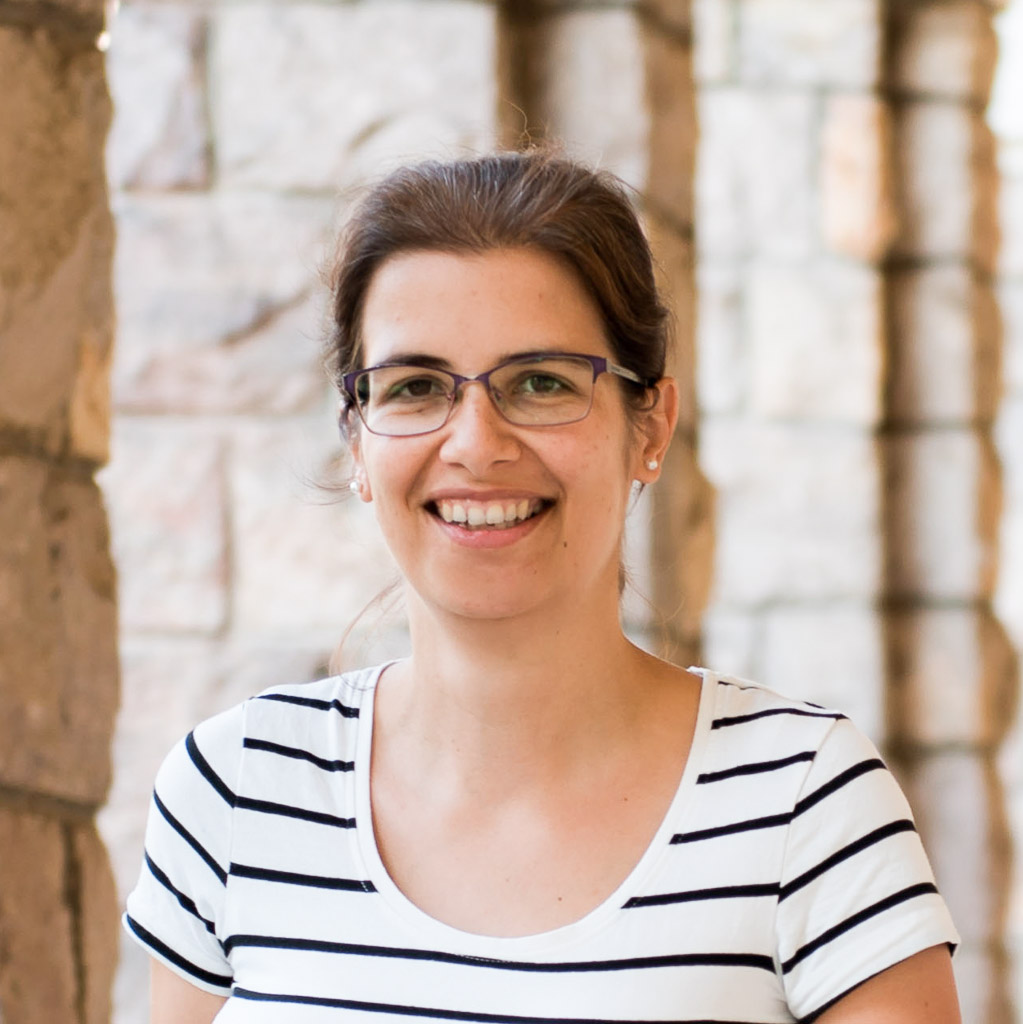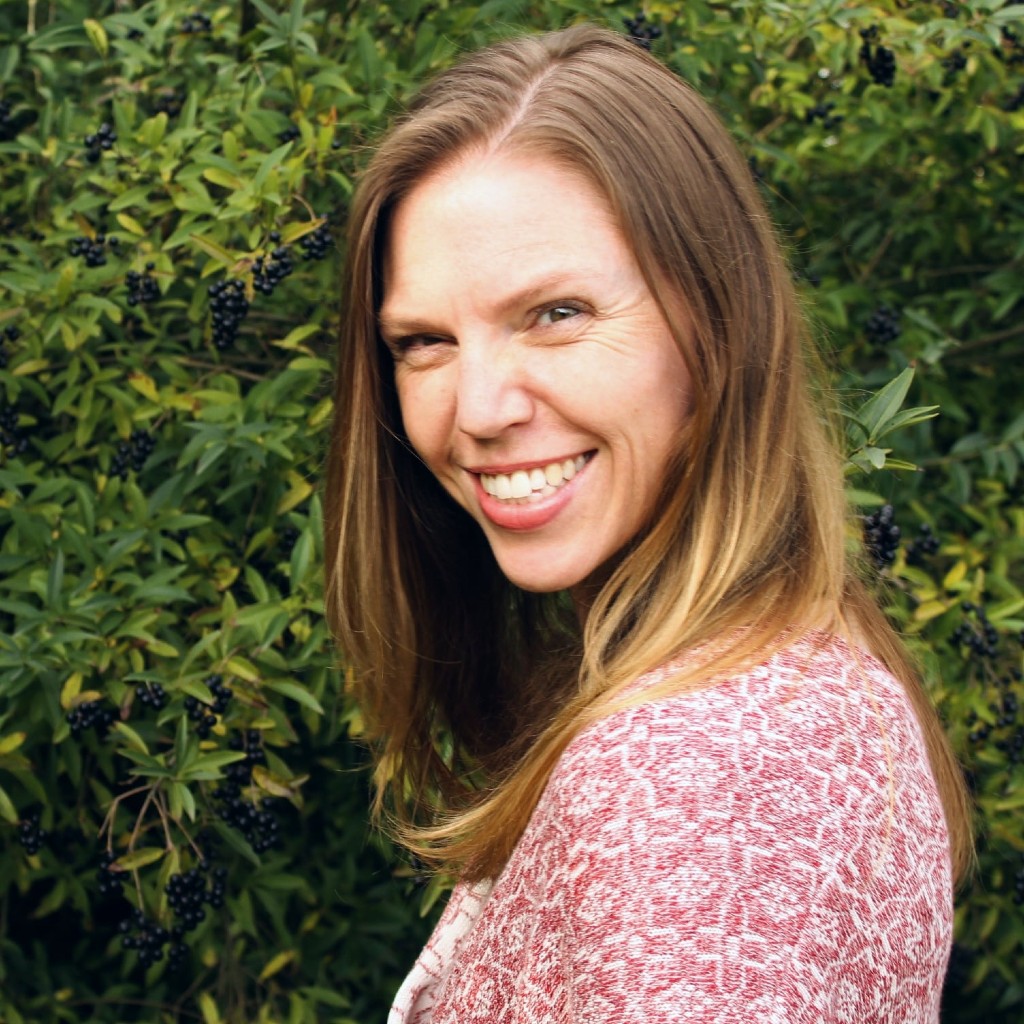
What’s the secret to a perfect Finnish summer? Writer Emese Maczko heads to Finland, the ‘world’s happiest country’, with her husband and two young daughters in tow for a lesson in relaxing.


What’s the secret to a perfect Finnish summer? Writer Emese Maczko heads to Finland, the ‘world’s happiest country’, with her husband and two young daughters in tow for a lesson in relaxing.
“What is your happy place?”
Ask a Finn, and chances are they will say spending summer in a cottage with a sauna overlooking a quiet forest lake. It certainly explains why Finns have built nearly half a million of these summer homes, scattered across 188,000 lakes within Finnish Lakeland.
“The home is where your holiday is,” says Ally Wu, who has been living in Finland for 13 years with her Finnish husband, when I meet her on my first day in Himos. Finnish Lakeland is a vast region covering nearly one-third of Finland’s total land area and Himos is a popular holiday area here, offering over 500 summer cottages.
“Summer is highly anticipated but short-lived here, so Finns try to get the most out of it,” she adds. “They go to their second home or rent a cottage with family or friends to spend time together. Of course, there’s a sauna and maybe some beers too.”
And that’s precisely why I’m here, to spend summer like a Finn with my husband and our two daughters, aged seven and 10.
Even a three-hour journey from Helsinki is no hardship when the scenery is such a treat. Dreamy red or yellow log-cabins one minute, then pine forests and mirror-like lakes. No snow or Santa, but it feels unmistakably Finnish.
Stepping off the train, the heat of around 28-29 degrees Celsius (82-84 Fahrenheit) hits us. It’s a heatwave by Finnish standards, but perfect for settling into our first cottage at Himos. We open the door, and a floor-to-ceiling window frames the lake like a living postcard. Without thinking, we drop our bags and head to the water.
“I awake from my reverie when my daughter shouts, “Mum, a black tadpole is swimming in my hand! This is the coolest thing I’ve ever seen!” I smile at her joy. I realize that even when we know the best things are often the simplest things, it’s always good to be reminded of that.
Thanks to ‘Everyman’s Right‘ or jokamiehenoikeudet, everyone is free to roam, camp, hike, forage, fish, and respectfully use nature’s resources regardless of land ownership in Finland. So the next morning, we set off in search of mustikka, wild bilberries that grow low among the mossy forest floor, and stain your fingers and tongue deep purple. “Berry season just started, so there aren’t many,” Ally says as we leave the cottage.
But when we look down, the forest floor is covered with tiny green shrubs filled with purple berries. The kids are hopping and zigzagging, and so are we. The berries are sweet, juicy, and impossible to resist. My husband grins, “This is so fun. Free superfood, everywhere.”
Spending time with Ally at the forest has whet our appetite to explore Southern Konnevesi National Park. The National Park is about 90 kilometers (56 miles) east of Jyväskylä, the second-largest city in the Finnish Lakeland.
We take the Outdoor Express, a shuttle bus departing from Jyväskylä—we’re at the park in an hour and a half. It’s the first summer the bus is running, and we’re on the very first bus. Over half the seats are taken, showing there’s a need and desire for a sustainable, hassle-free way to reach the park without a car.
We’ve booked a private tour and Katri Tynkkynen, our guide, is waiting. “First, we’ll stop to pick some wild strawberries (metsämansikka). Then we’ll have a picnic by the lake,” she tells us. “And before we hike, we jump into the lake.”
The lake is warm, even by Finnish standards, she adds. While my kids snorkel, I’m floating surrounded by massive granite cliffs and pine trees under a cloudless blue sky. So this is how Finns spend their summer? How relaxing.
I awake from my reverie when my daughter shouts, “Mum, a black tadpole is swimming in my hand! This is the coolest thing I’ve ever seen!” I smile at her joy. I realize that even when we know the best things are often the simplest things, it’s always good to be reminded of that.
The bus waits for us even though we’re five minutes late. We don’t return to Jyväskylä, but get off at Revontuli Resort near Hankasalmi where we spend the evening between the sauna and the lake before settling in for the night in our glass igloo, blissfully relaxed.
Saunas are an integral part of the Finnish culture with an estimated three million-plus saunas for a population of 5.5 million people. Whoever I ask why Finland is the happiest country in the world, they all mention the sauna. And they’re growing on me and my family too, although I’m about to find out we probably don’t use them quite like the Finns. Luckily, a group of amateur radio enthusiasts is here for a summer retreat, happy to show us the ropes, or rather, the löyly.
My older daughter and I step into a barrel-shaped sauna by the lake at the resort. Its curved wooden walls wrap around us, framing the lake view. A woman joins us, grabs the ladle, and gently pours water onto the hot stones in small increments. They sizzle, and the löyly (a burst of steam) rises. So that’s how it’s done.
However, it’s not until I step into an over 100-year-old sauna in Niemi-Kapee Farm, 50 minutes from Tampere, that I begin to better understand the soul of Finnish sauna culture.
My daughter stays only for a few minutes before the heat gets too much and she runs out and jumps into the lake. I stay for longer, until sweat trickles down my back. Then I step out into the cool air. The dock is right by the sauna and I’m soon in the water too. It’s refreshing, but the sensation is even more exhilarating out of the water, sat on the wooden bench at the end of the dock. After the heat of the sauna and the cold rush of the lake, my skin tingles, the breeze feels soft, and my whole body hums with calm. I watch the summer sun that never fully sets. You can’t mimic this feeling in a wellness resort with polished tiles, artificial plunge pools, and background music.
Others join us on the bench, and we start to chat. They tell us how the sauna isn’t just heat, but a place to relax and leave worries behind. While some prefer to sit in silence, the sauna is often a place for honest conversations. And I can see that: No-one brings their phone into the sauna, for example, and not because it’s banned, but because it doesn’t belong there. No screens, no scrolling and no distractions means you can reflect if you’re on your own, or open up and chat if in company.
However, it’s not until I step into an over 100-year-old wanhasauna (‘old sauna’) in Niemi-Kapee Farm, 50 minutes from Tampere, that I begin to better understand the soul of Finnish sauna culture. Tampere is the largest city in the Finnish Lakeland and approximately two hours from Jyväskylä. The region is dubbed the ‘sauna capital of the world’ since it has the largest number of public saunas (70) in Finland and the world, including Finland’s oldest still-operating public sauna, Rajaportti.
“This type of sauna is already rare in Finland,” says the owner, Juha-Matti. The sauna walls are dark due to the smoke, but not as black as the walls of the 130-square-meter smoke sauna built in a traditional 19th-century style. It’s no wonder, since smoke saunas have no chimney. Juha-Matti explains that the fire is lit inside to heat the stones; the sauna fills with smoke over the six hours it burns. It’s aired via a small vent before anyone starts using it though.
The air in the 100-year-old sauna is thick with the scent of burnt wood, though this one has a chimney, so the smoke has not lingered. There is just a sliver of light slips through a tiny window. The bench feels smooth, like it has been used for 100 years…
Juha-Matti hands me a vihta, a bundle of birch twigs before entering and explains what to do with it. When I’m alone with my older daughter, I soak the twigs in water and place on the hot stones, as I was told. When a surprisingly sweet scent fills the air, my daughter and I look at each other. She breaks the silence first by saying what I’m thinking: “Now this makes the sauna experience feel complete.” I grab the vihta several times as I cannot part with its scent.
After nine days summering like a Finn, it’s our last day. We stay up late—easy to do when the sun never truly sets and the sky only dims to a dusky glow. We play a round of mölkky with Juha-Matti. “It’s a simple game,” he says, smiling, “which is exactly why it’s difficult, especially after a couple of beers.” He laughs, then adds, “But it’s a game 99.5 percent of Finns play in summer.”
Mölkky reminds me of bowling, but you play it outside with smooth wooden sticks. You throw your stick (the ‘mölkky’) to knock down the numbered pins (kyykät). If you hit one, you get the points on the pin; if you knock down more, you get the number of pins you toppled as points. If you miss twice in the row, you’re out. First to reach exactly 50 points, wins the game. If you go over, you are back at 25 points.
It’s fun, but we lose in the end. It seems our aim needs a bit more time in Finland. At least the girls aren’t quarrelling—since neither of them won. We end the day with a traditional Finnish dinner of smoked salmon served with roasted vegetables and try pickled herring in a creamy sauce with boiled potatoes, all prepared by Juha-Matti’s mother. As the sun attempts to set, we enjoy the view while the kids play by the lake. It’s peaceful. Just as I imagined how my Finnish summer would end.
At the airport shop, my younger daughter presses a wooden coaster into my hand. “Smell it, Mum. It smells like the sauna.” So we buy it. Just to bring a little piece of Finland home. Now, just one whiff, and we’re back.
**
The writer was hosted on this trip by Visit Jyväskylä and Visit Tampere
****
Adventure.com strives to be a low-emissions travel publication. We are powered by, but editorially independent of, Intrepid Travel, the world’s largest travel B Corp, who help ensure Adventure.com maintains high standards of sustainability in our work and activities. You can visit our sustainability page or read our Contributor Impact Guidelines for more information.

Emese Maczko is a freelance writer and professional photographer focusing on eco-tourism and family travel. She regularly writes about sustainable travel for Forbes Travel and has been published in Fortune Magazine, Euronews Travel and Euronews Green. The mother of two mischievous girls aged seven and 10, she loves exploring the outdoors with her family. She's also visited almost 30 European countries and lived in four: UK, Germany, Luxembourg and now Hungary.




Can't find what you're looking for? Try using these tags: